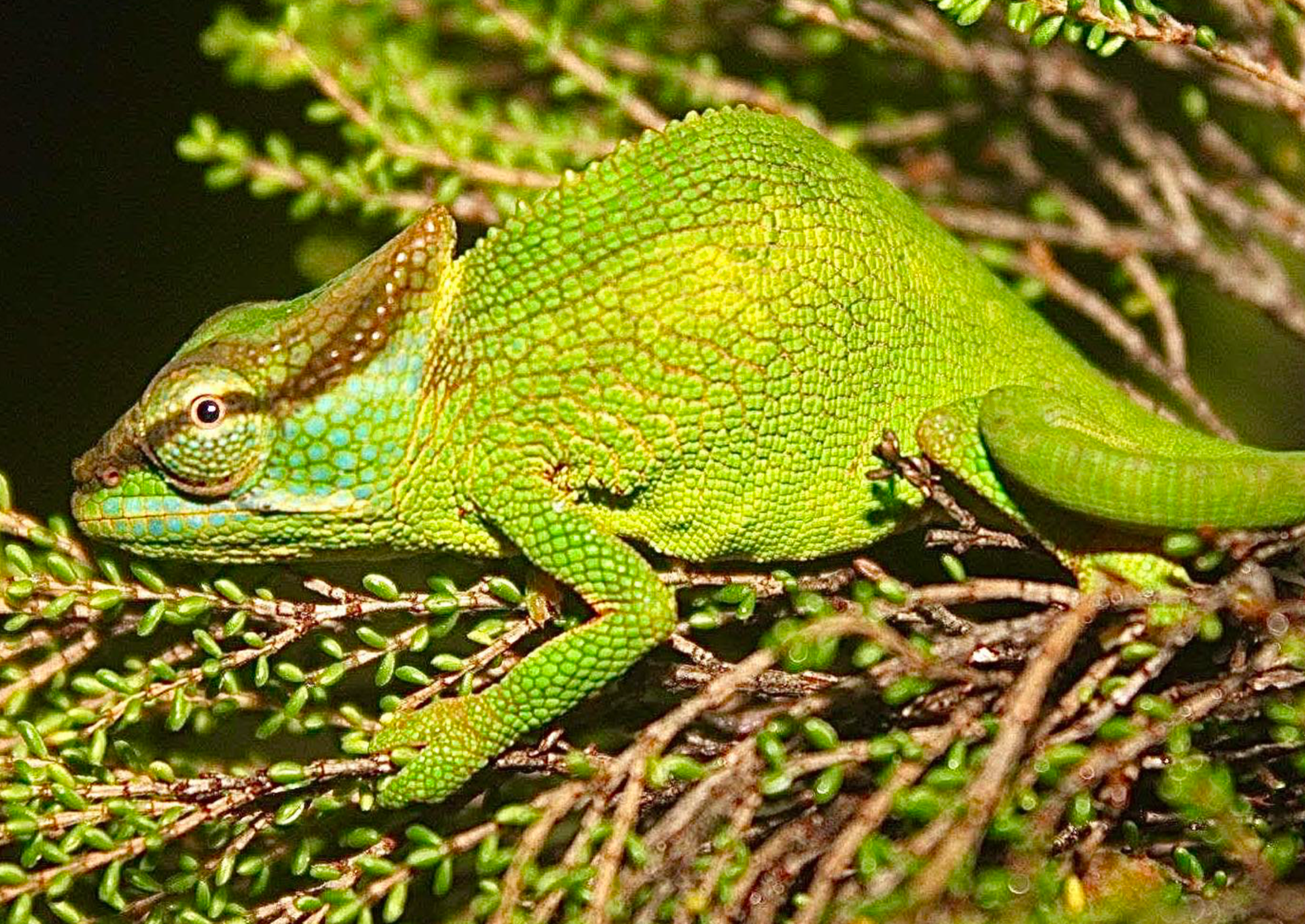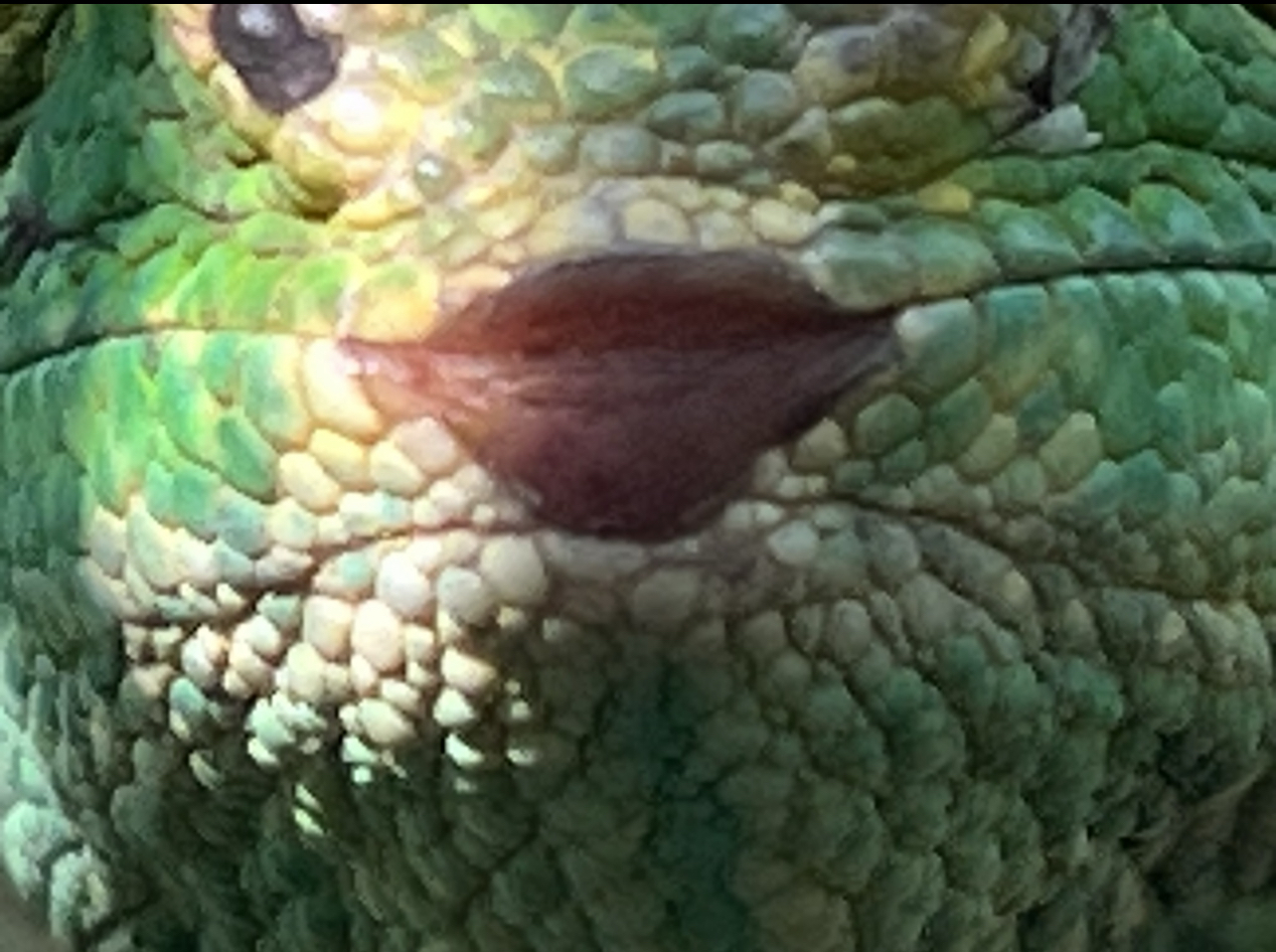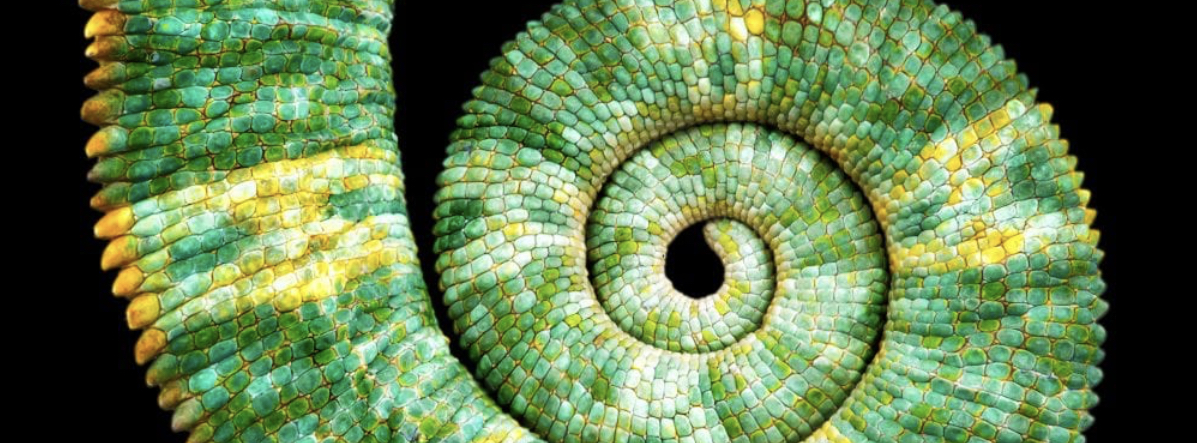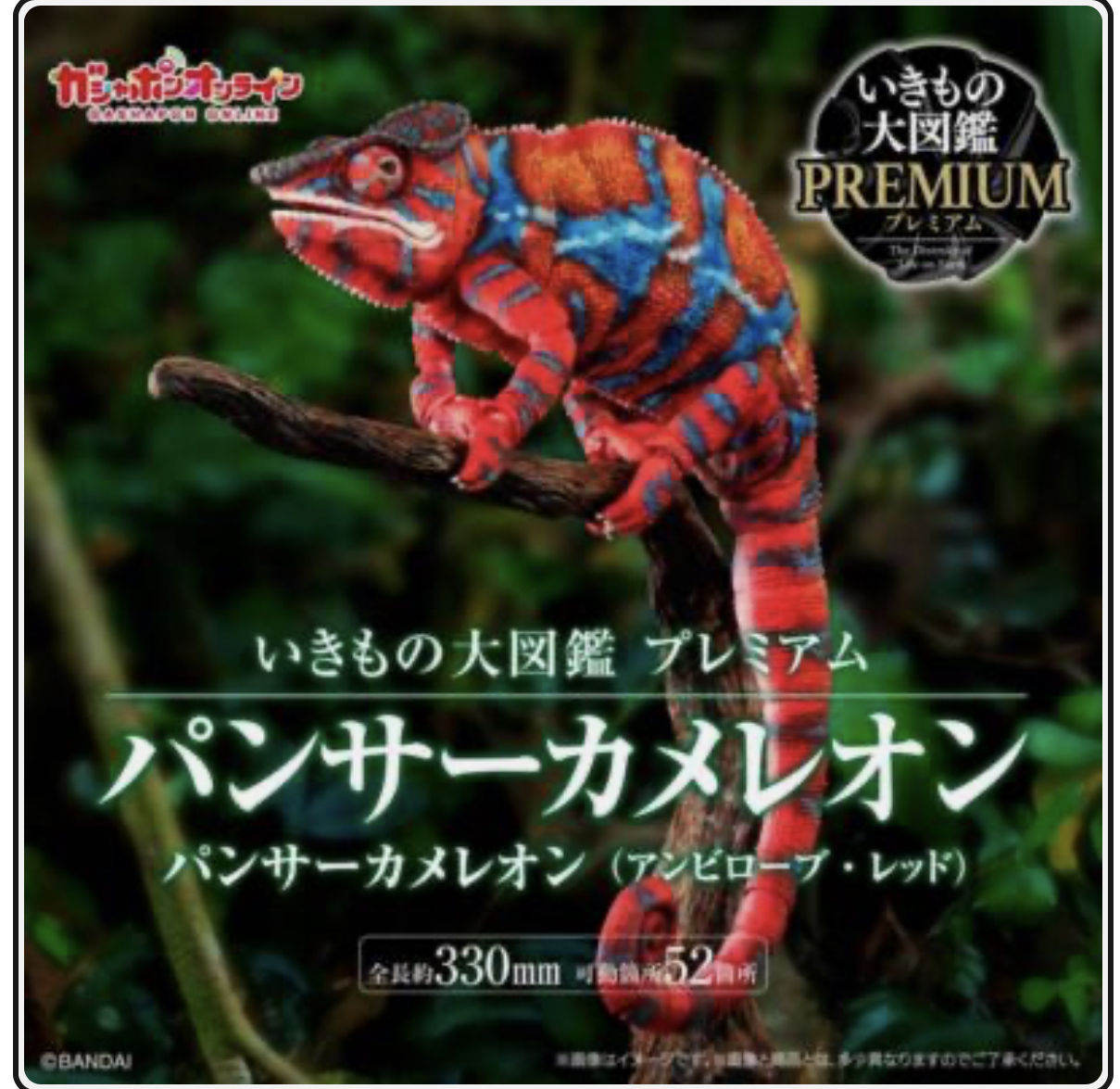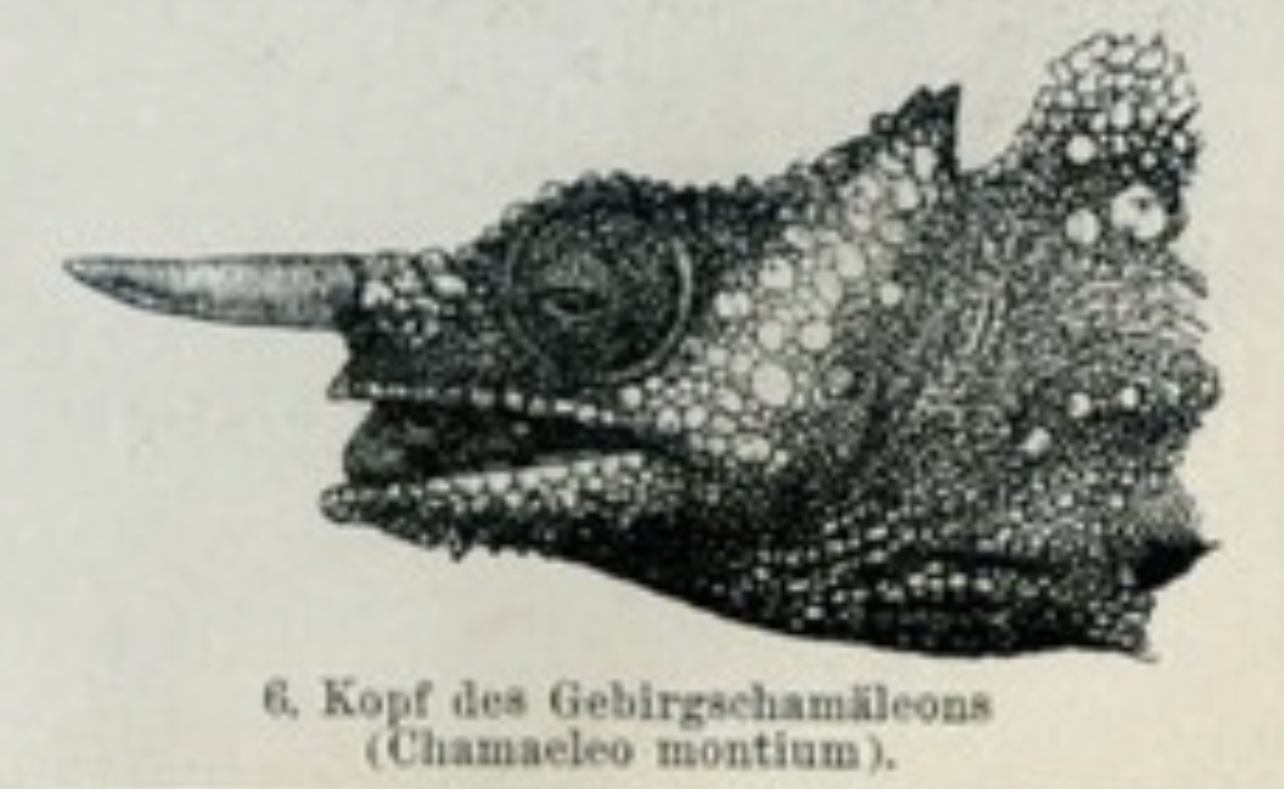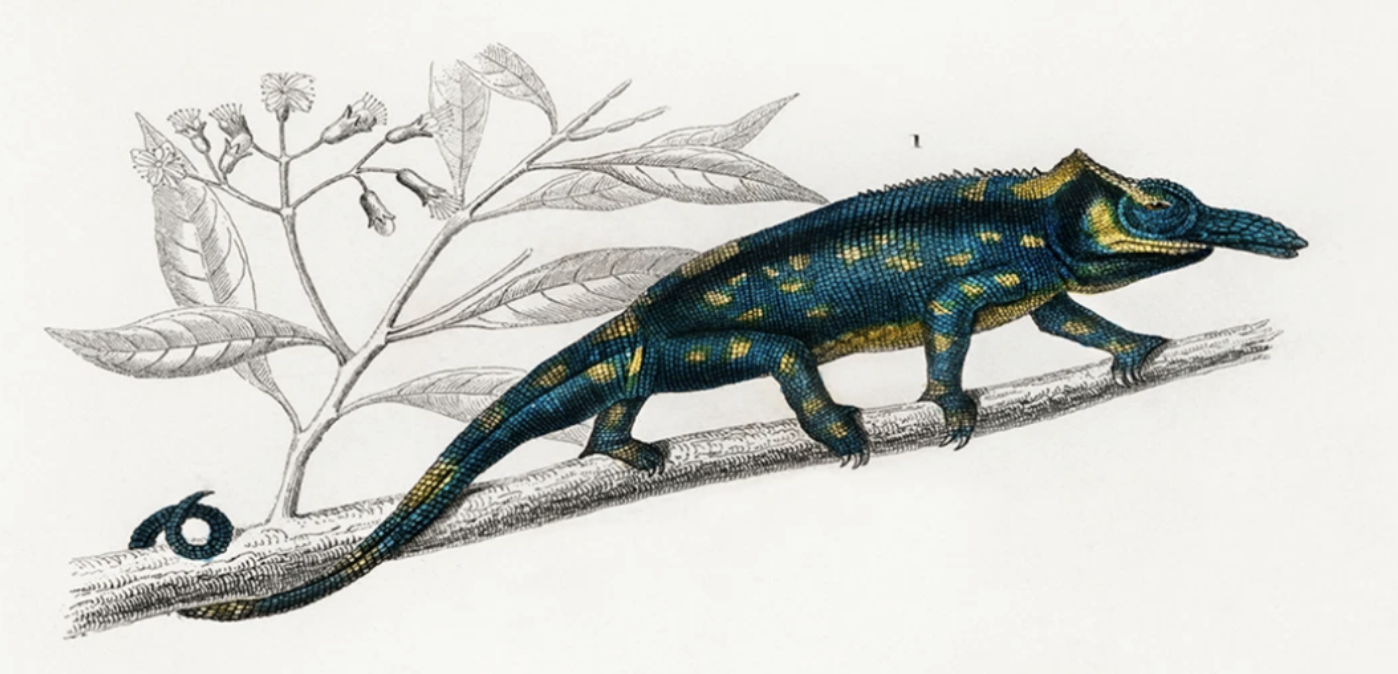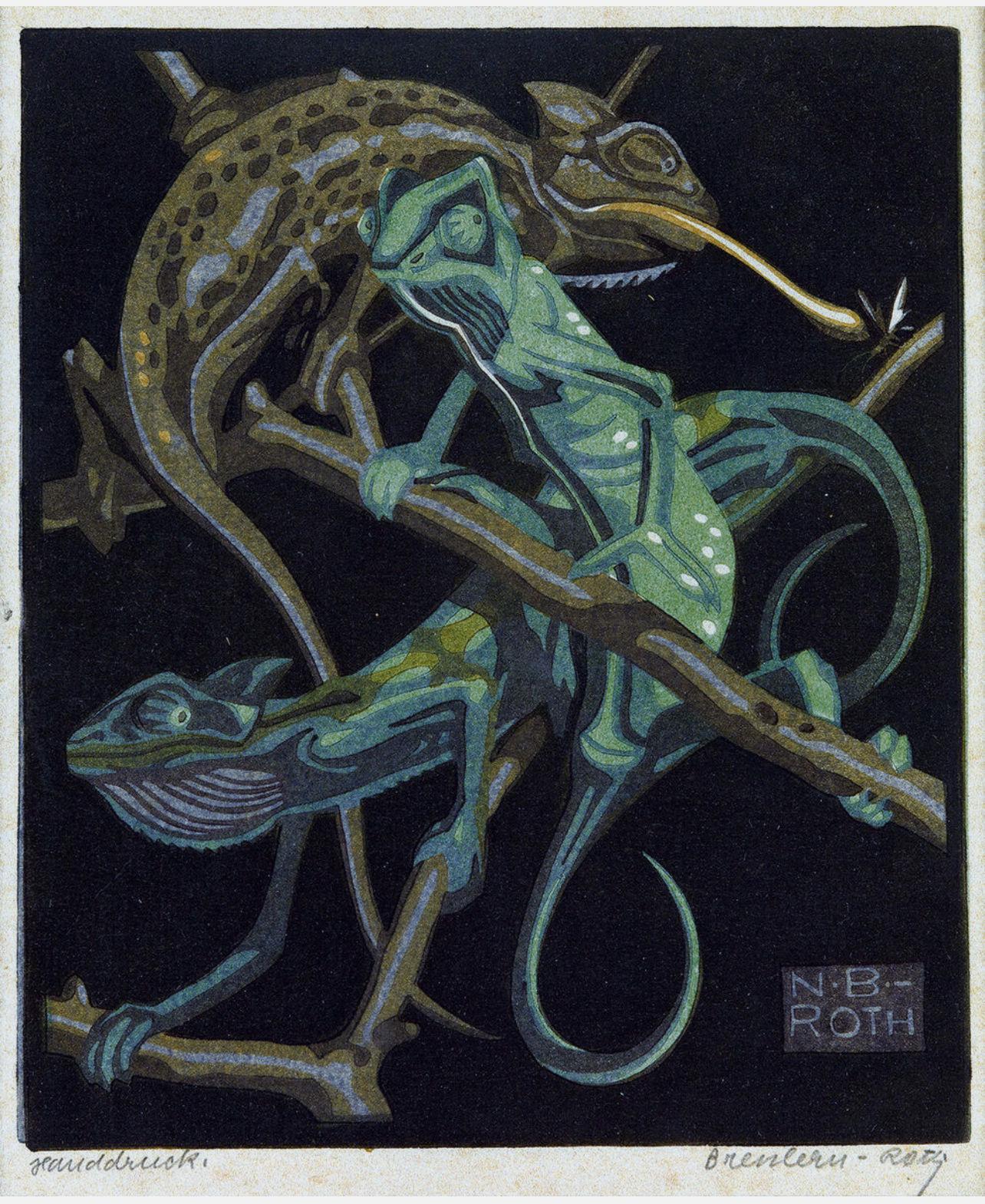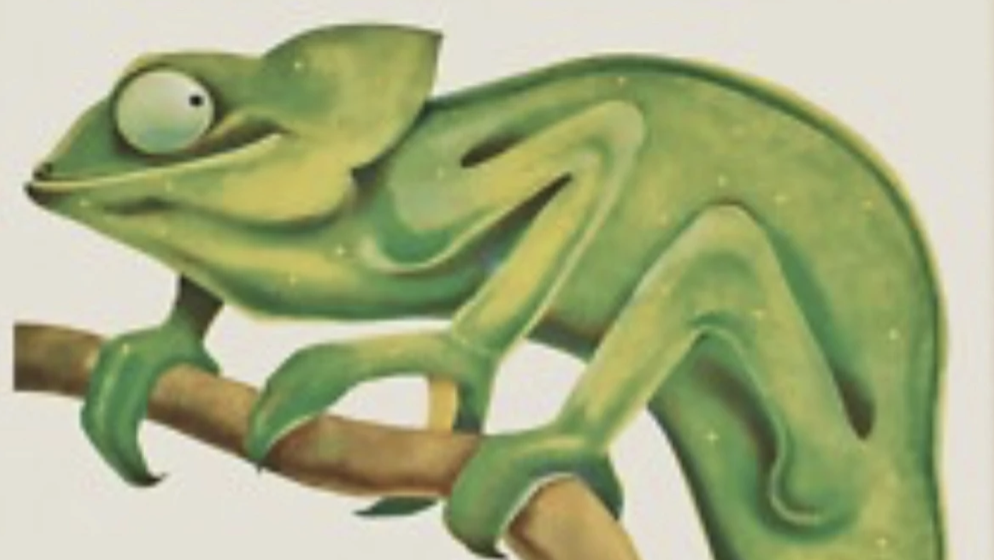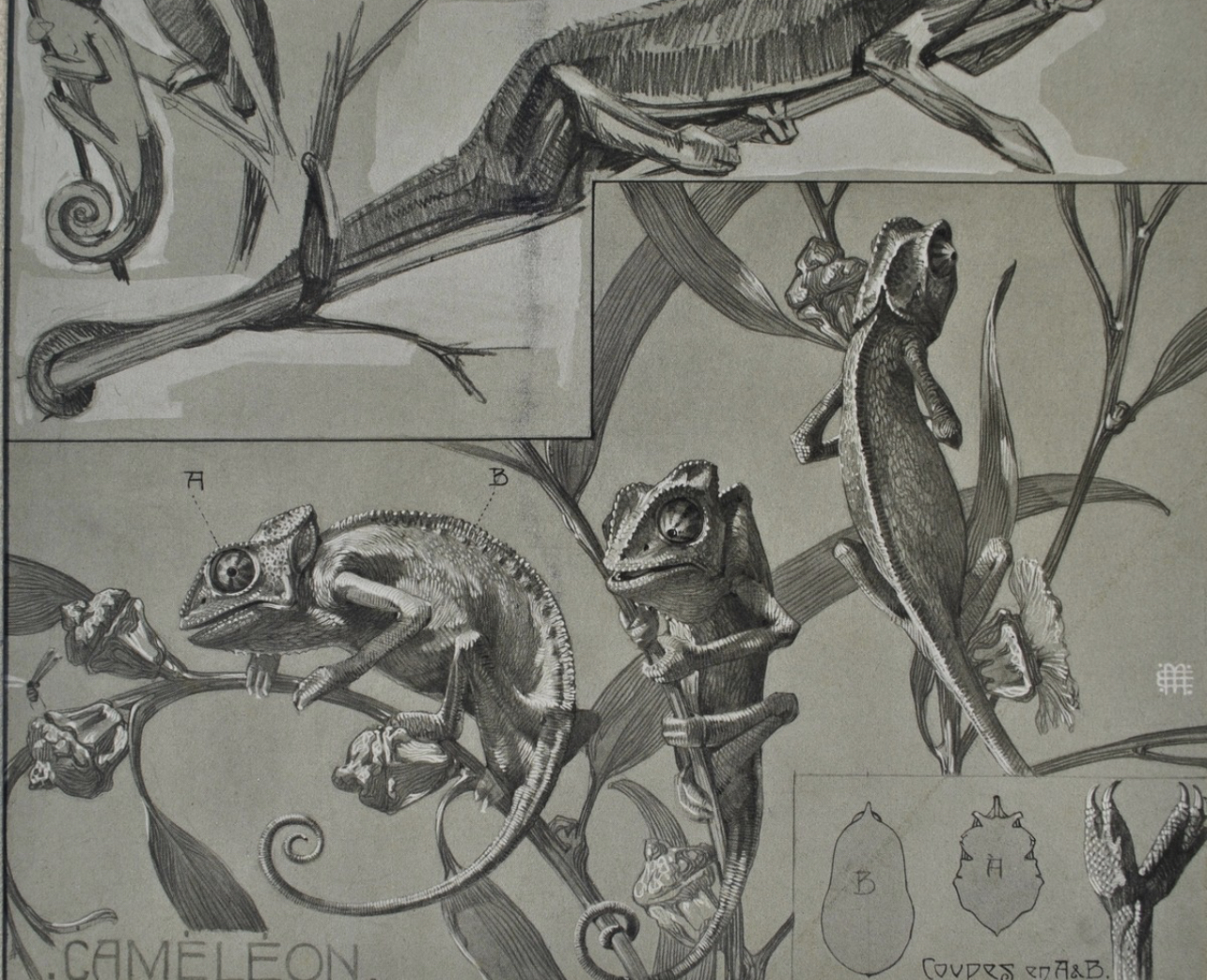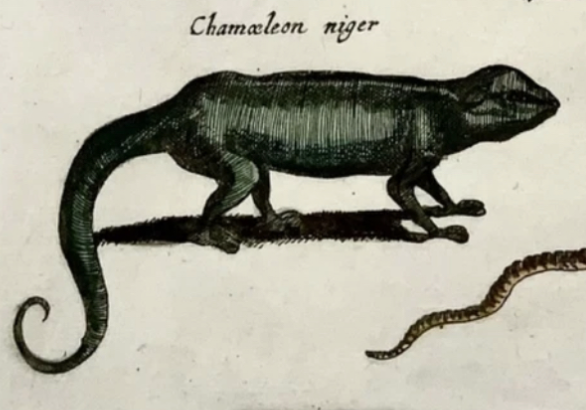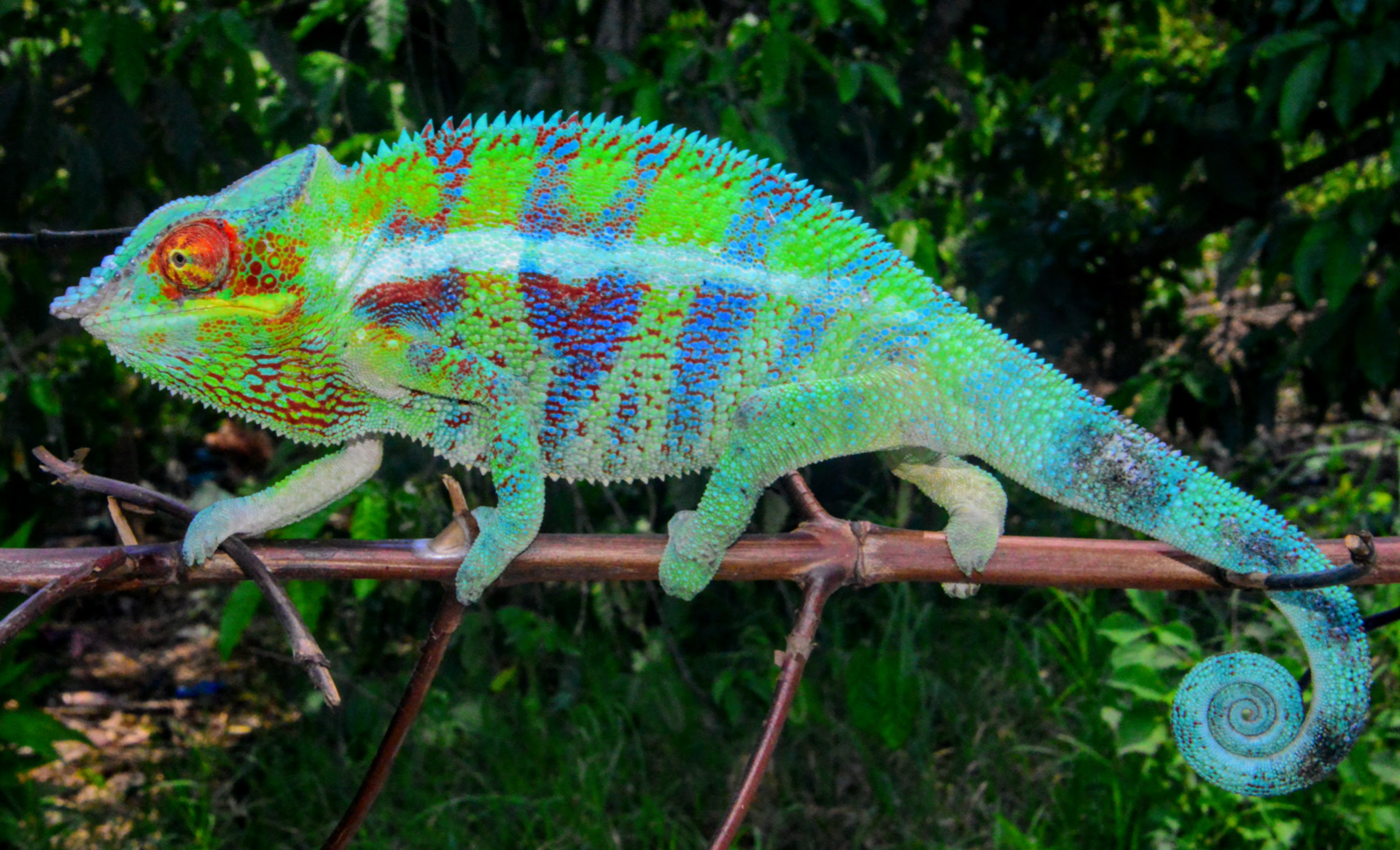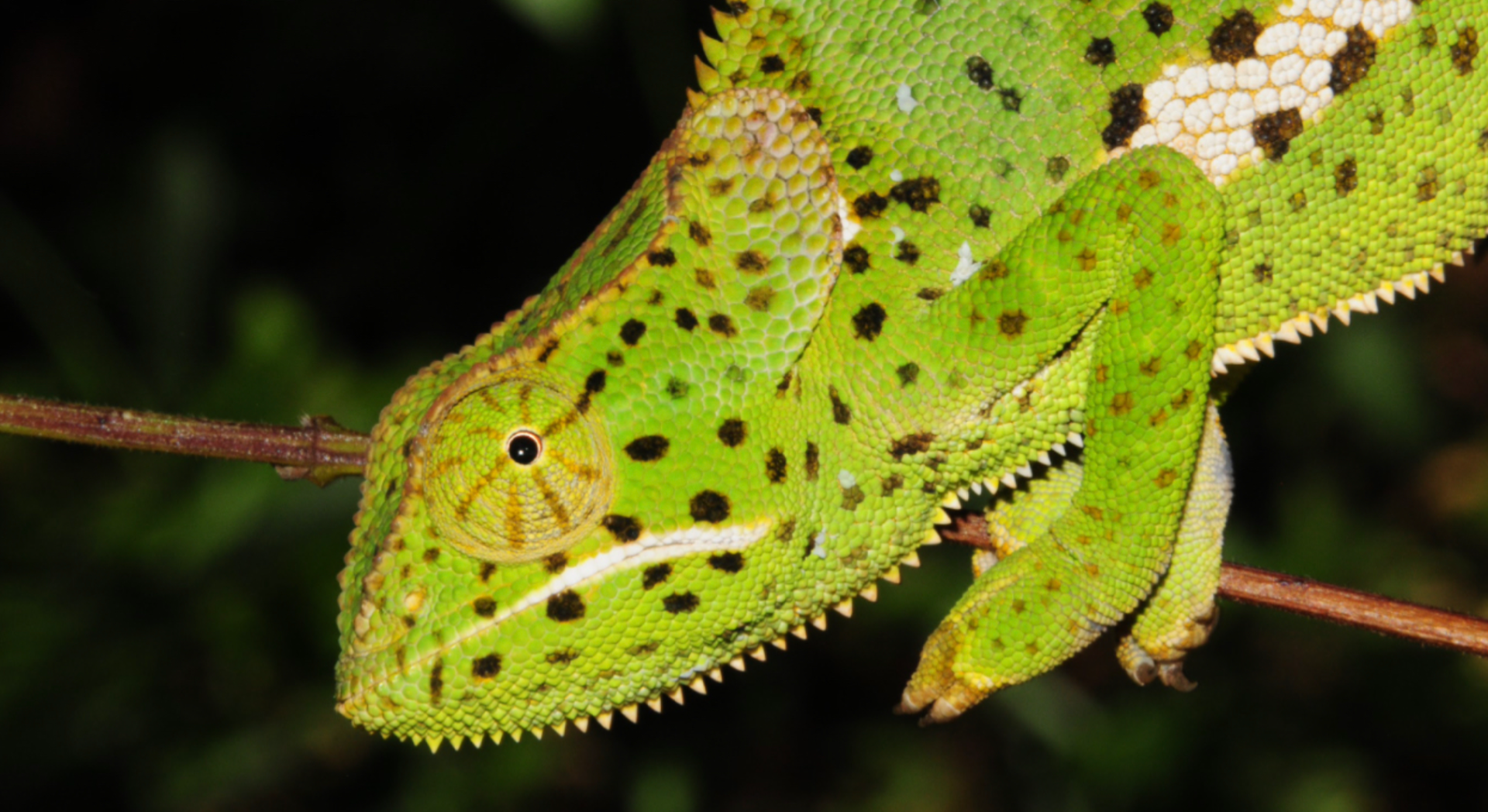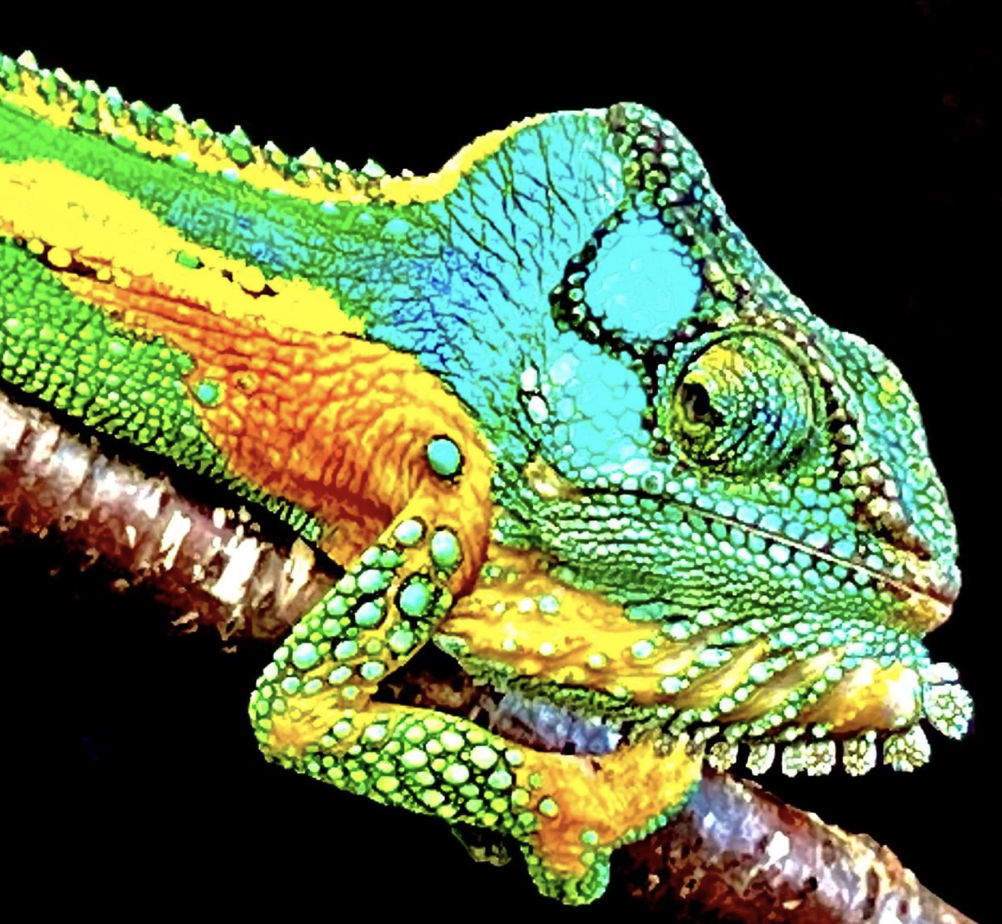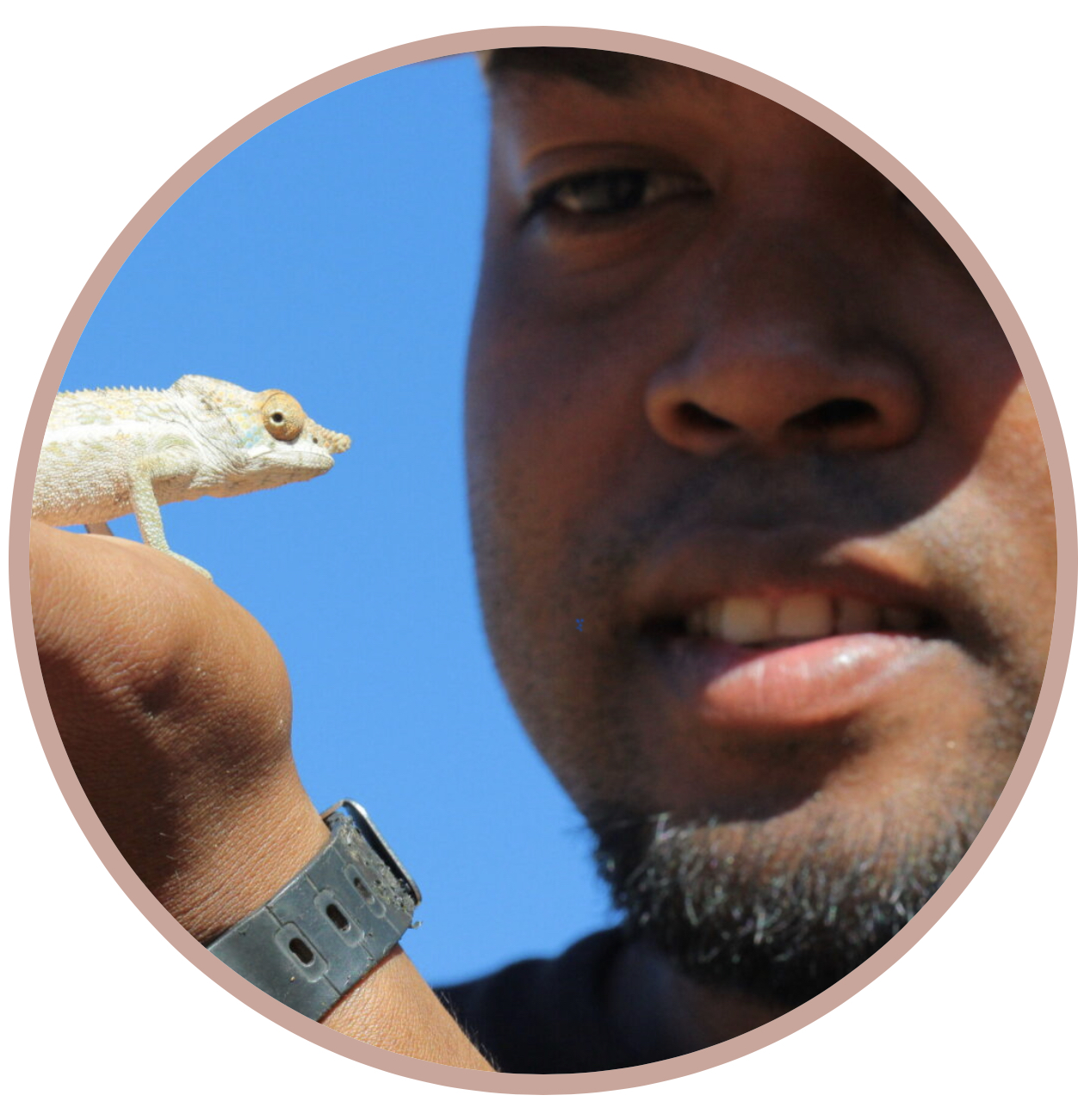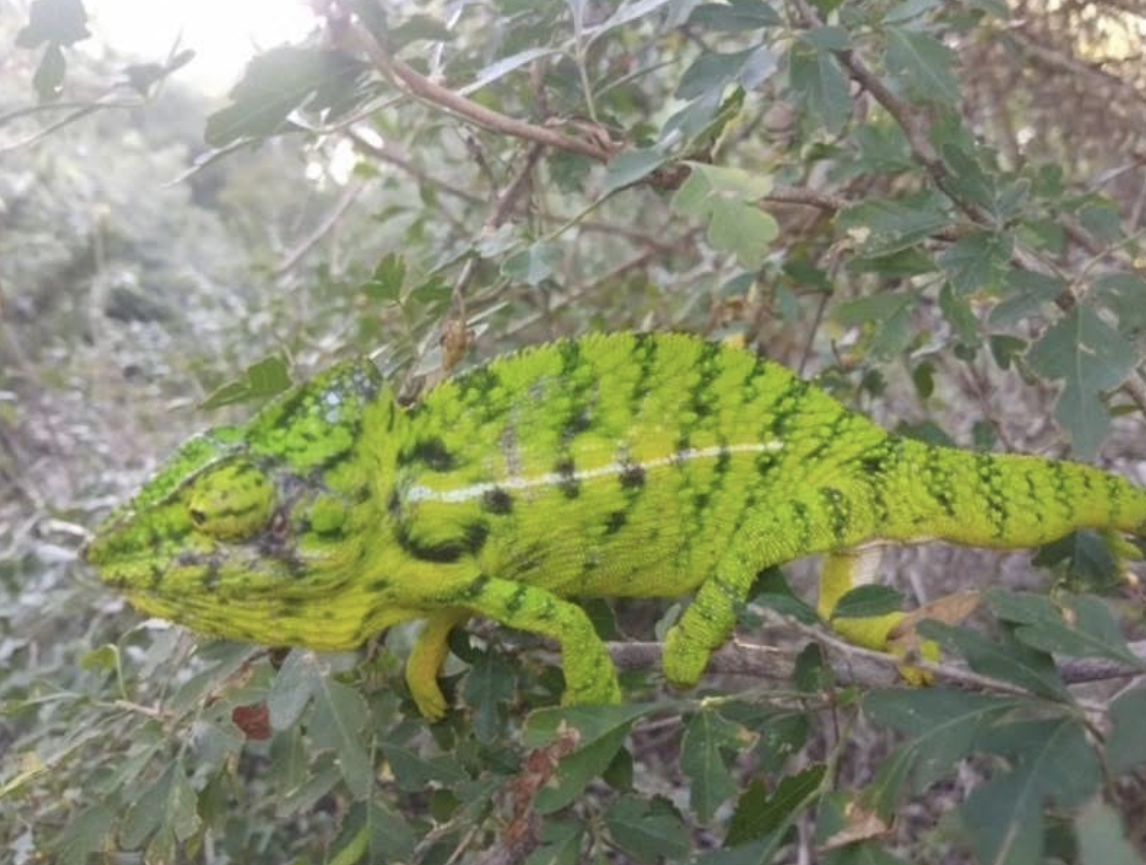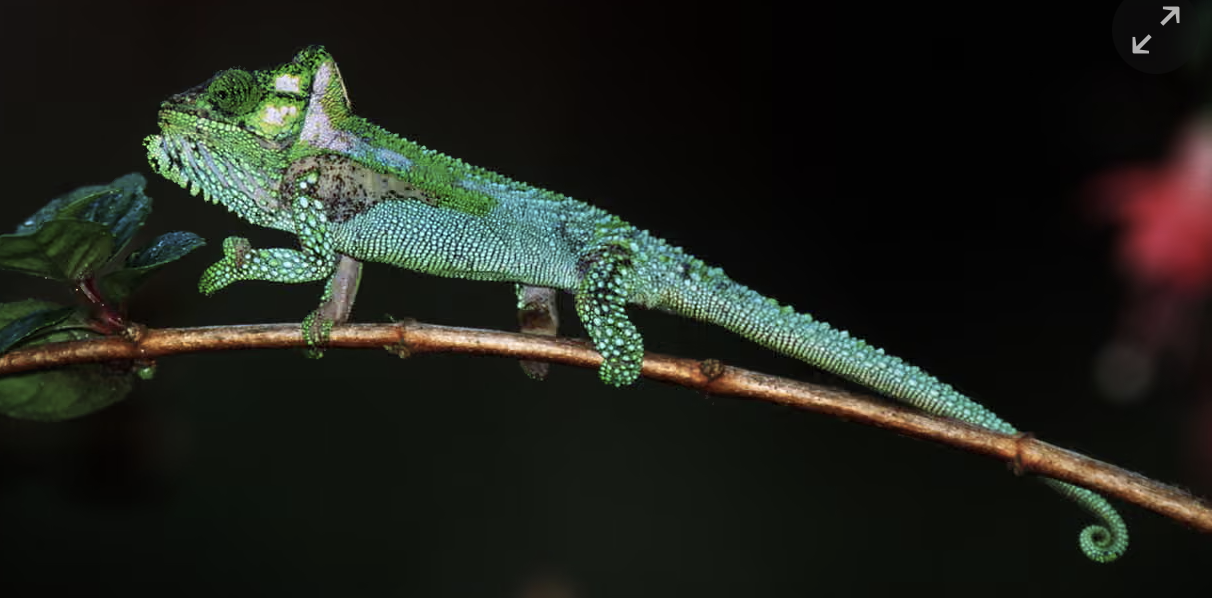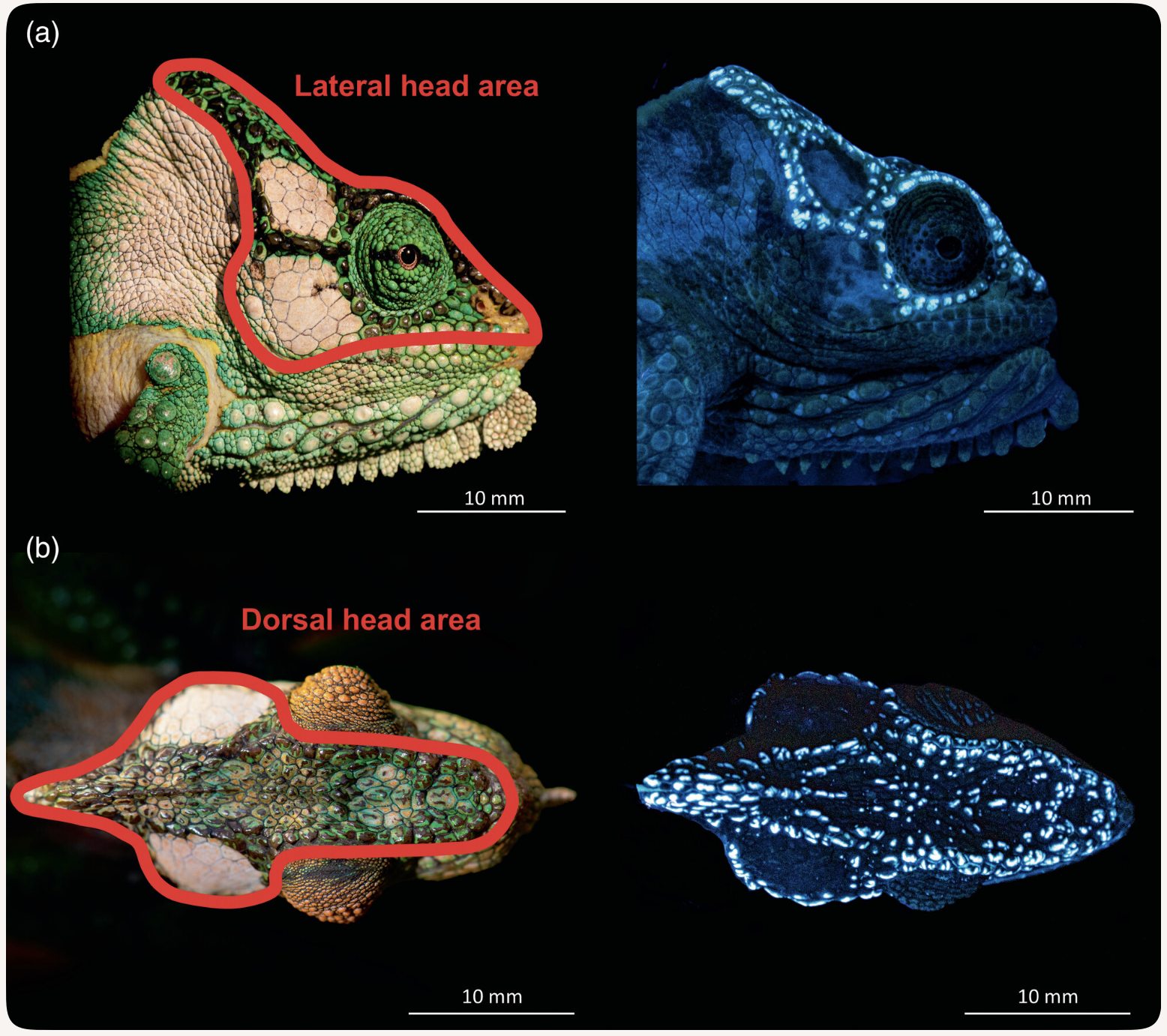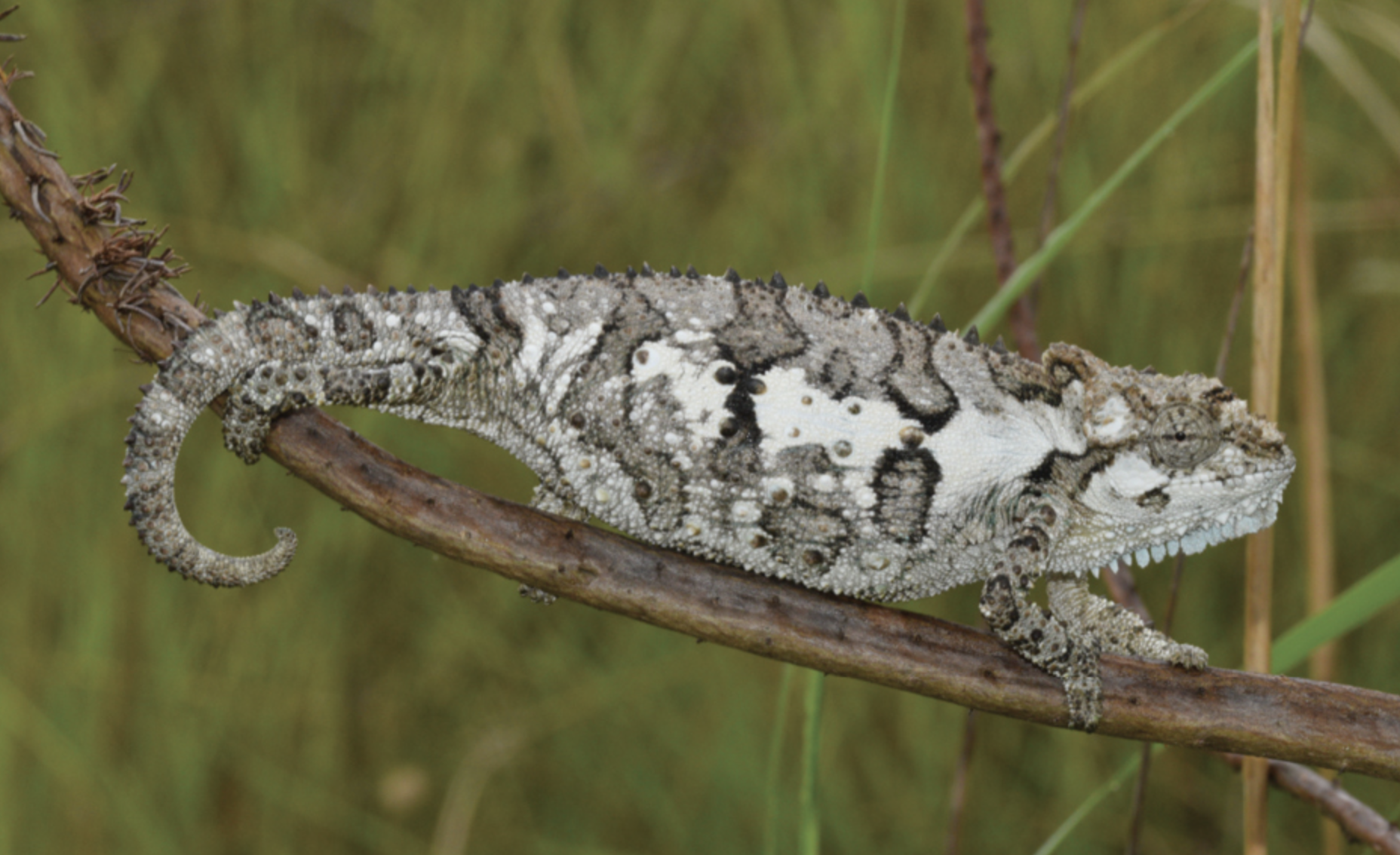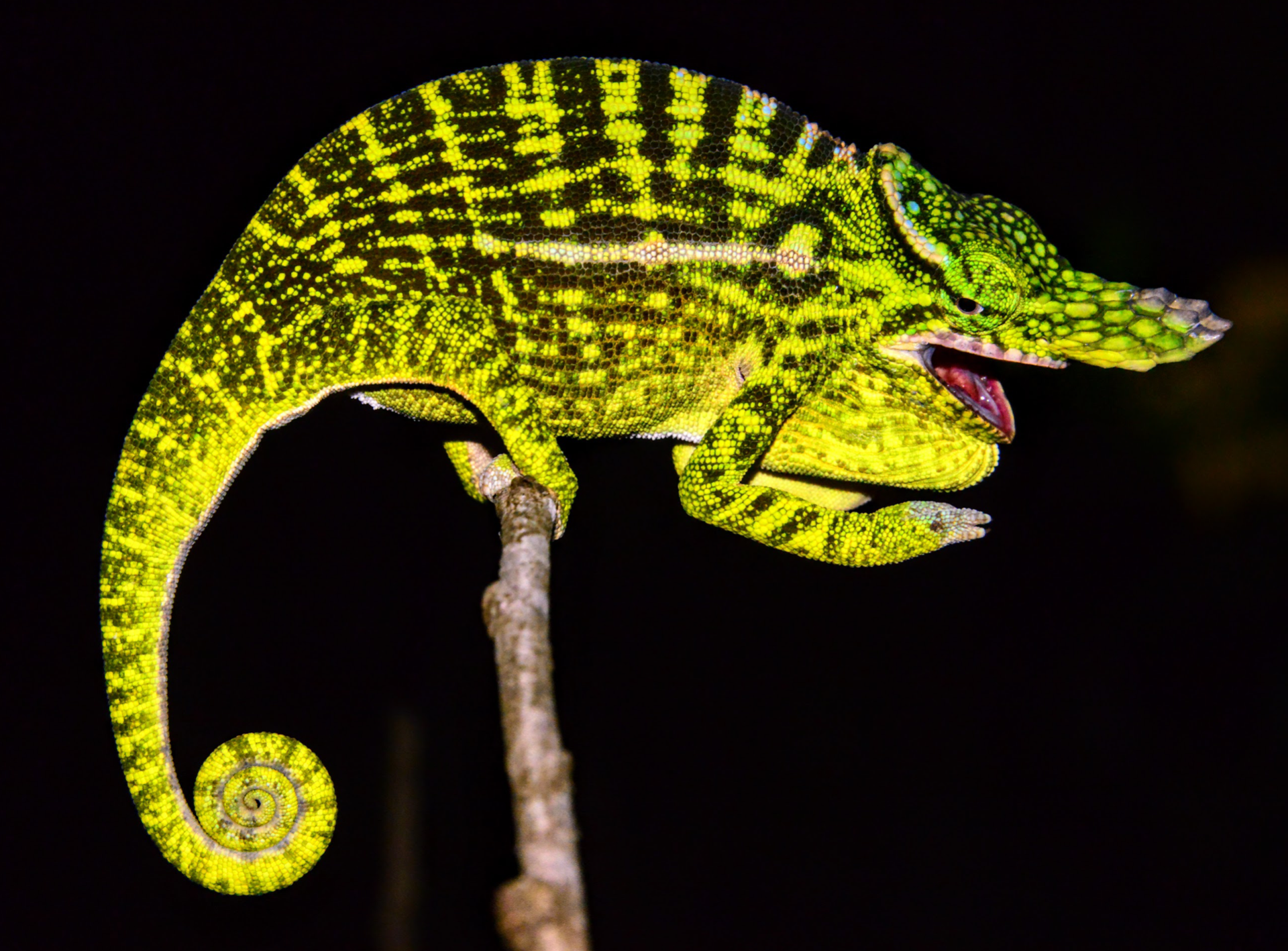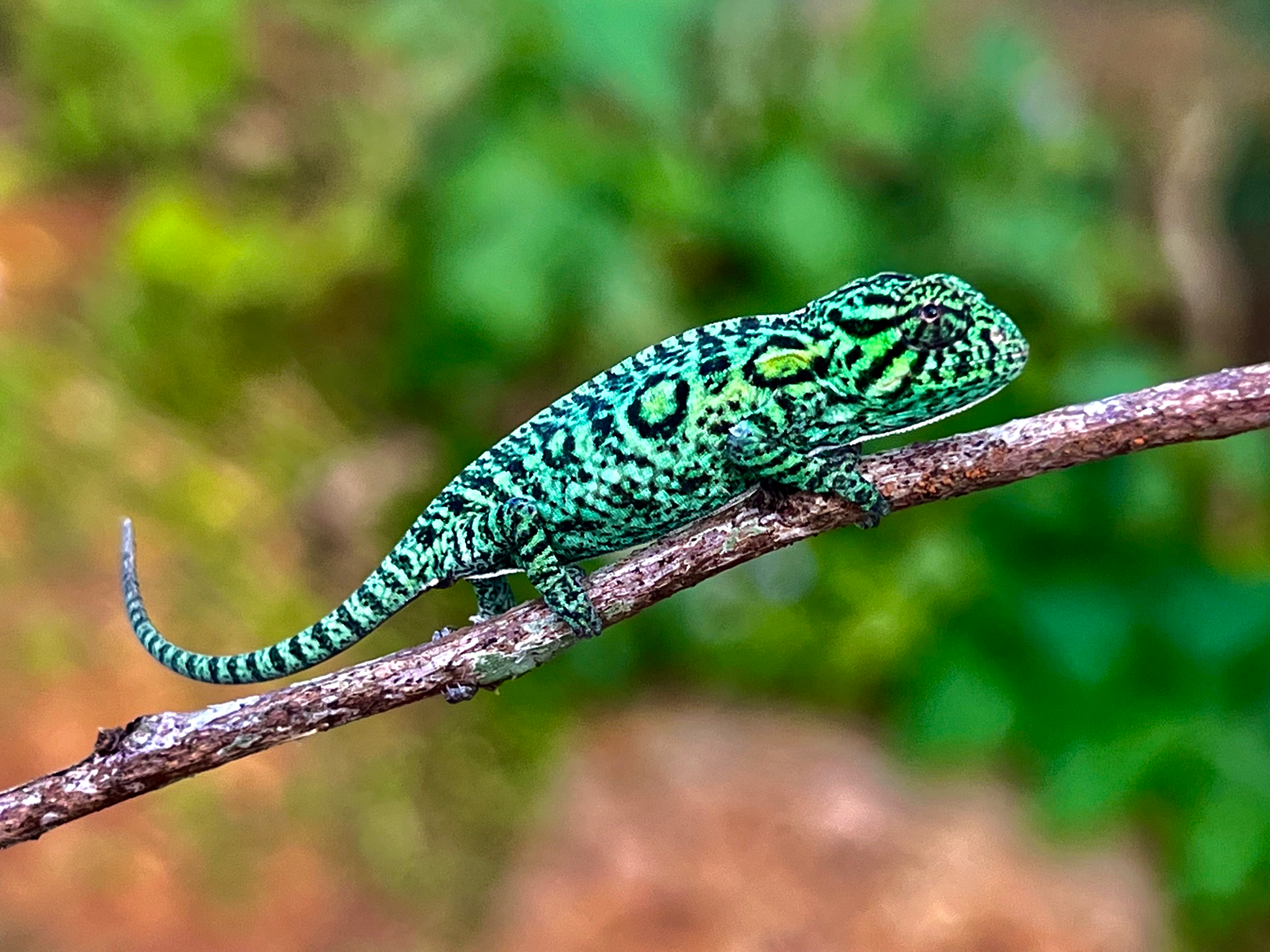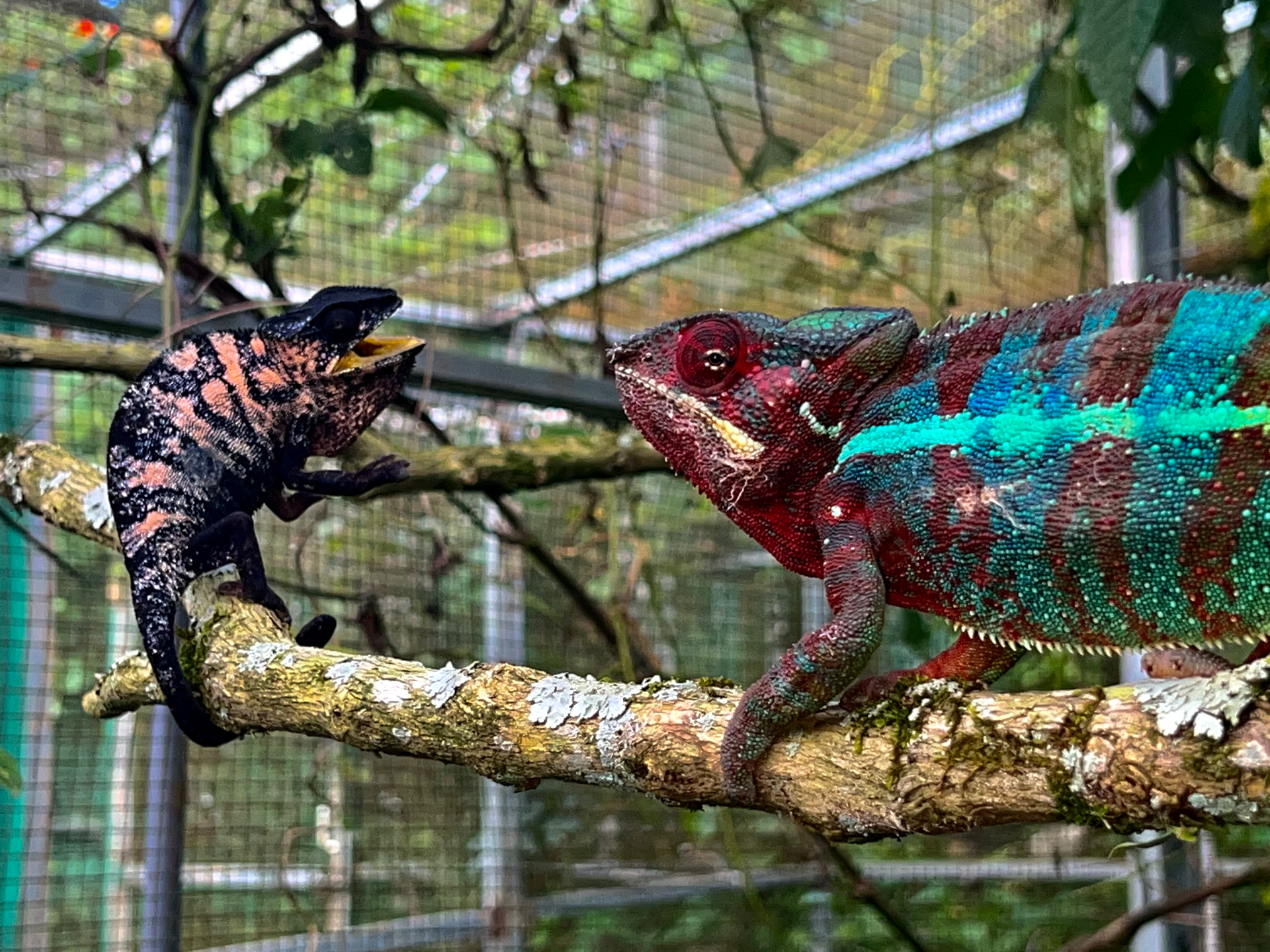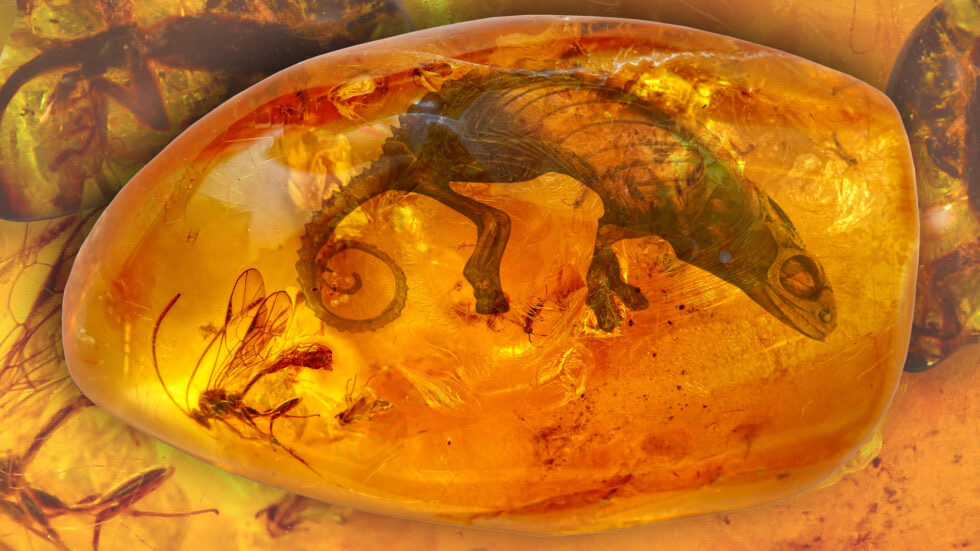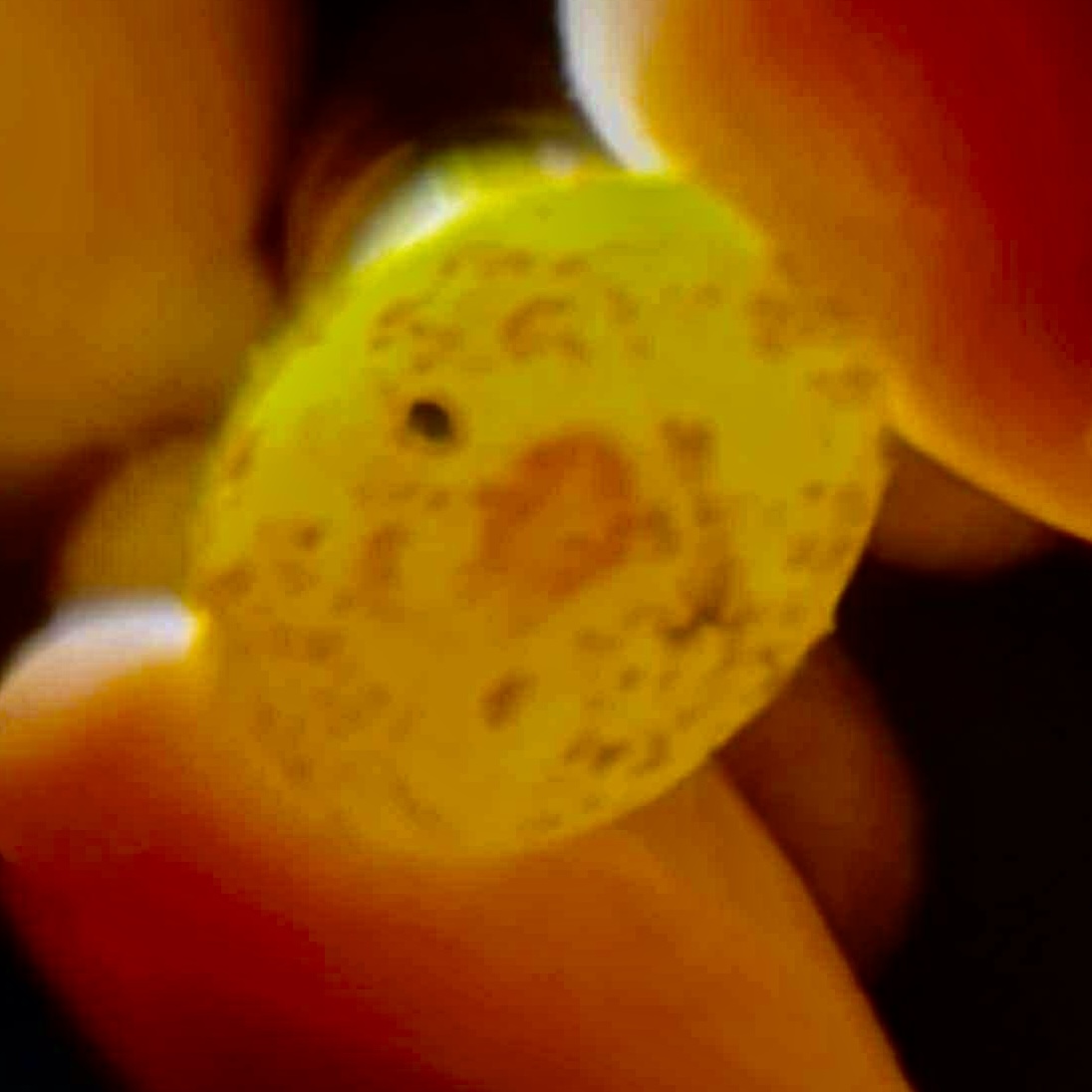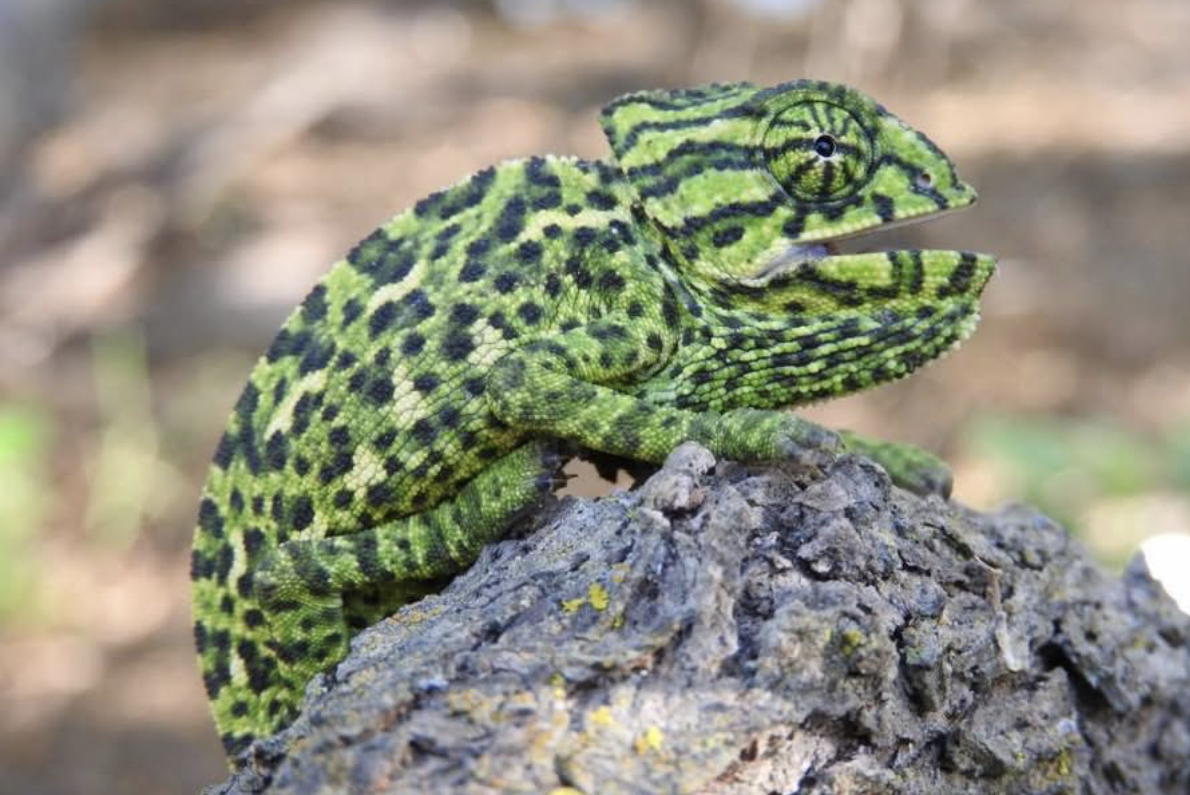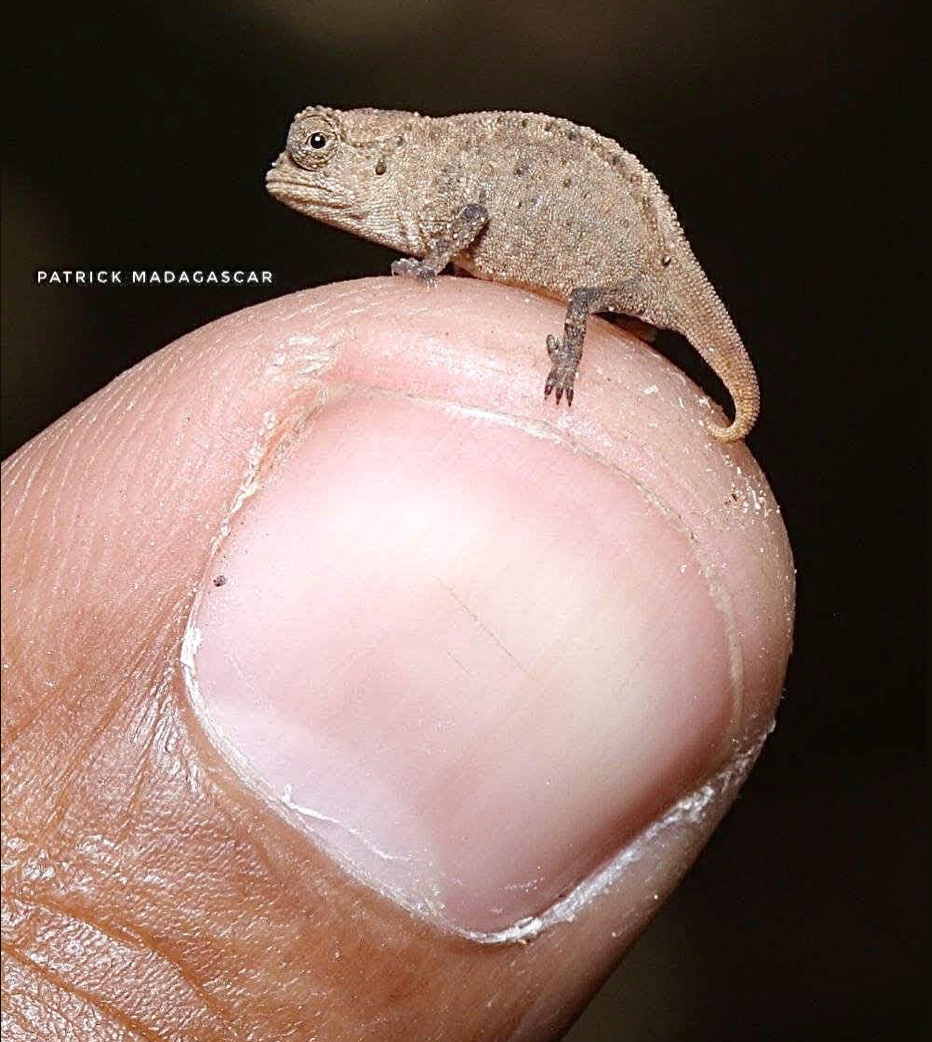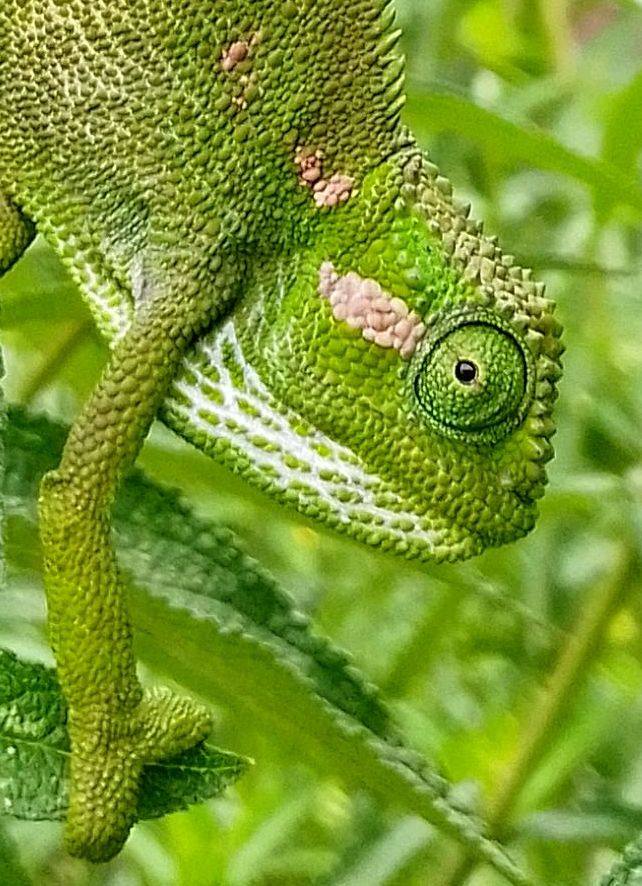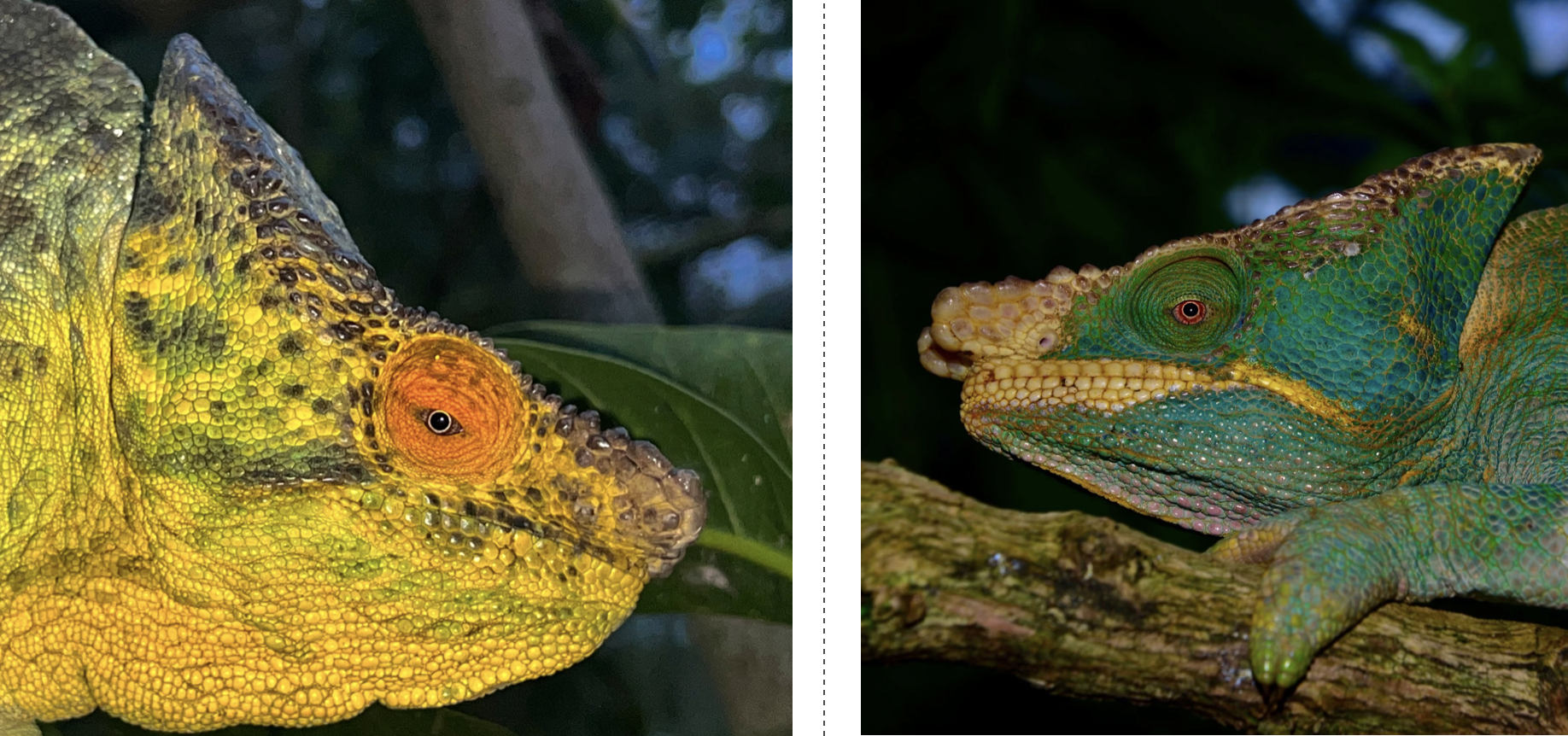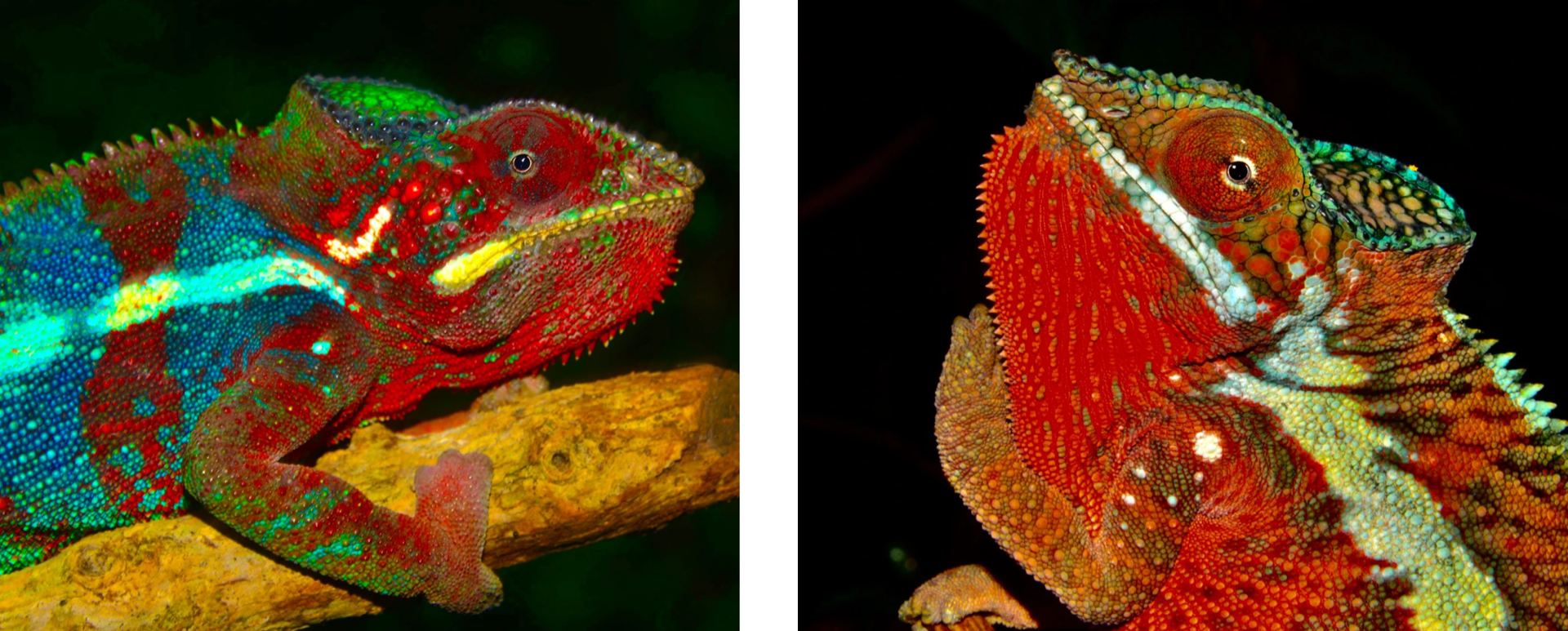Calumma peyrierasi is one of the rarest and least-documented chameleons in Madagascar. First described in 1974 by Brygoo, Blanc, and Domergue, this species was discovered in the misty highlands of the Marojejy mountains, at elevations between 1900–2000 meters. Named in honor of André Peyriéras, a French entomologist who contributed extensively...
CHAMELEONOLOGY:
Chameleon Natural History...
For decades, I have preached against the dangerous practice of transporting chameleons in cotton bags, akin to how snakes are handled. This widespread method used by many causes significant harm to these sensitive reptiles, resulting in terrible damage and suffering that often leads to slow and painful death.
Exotics Keeper Magazine, 10th July 2020
The Diversity of Life on Earth Premium Panther Chameleon Ambilobe Red Ver.
Ancient Plate: Chameleon Projecting Tongue
The image labeled "REPTILES – PLATE 3" comes from:
1890s Chameleon Print from Leipzig, Germany
This plate is part of the zoological section of the encyclopedia and reflects late 19th-century German scientific taxonomy. Brockhaus' Konversations-Lexikon was one of the most authoritative general encyclopedias of its time, widely used in academic and educated households across the German-speaking world.
The image you shared comes from "Dictionnaire Universel d'Histoire Naturelle" edited by Charles d'Orbigny, a monumental French natural history encyclopedia published between 1839 and 1849 in Paris.
Norbertine Bresslern-Roth - Chameleons (circa 1930) - 17" x 22" Fine Art Print
The Zoo Chameleon London Vintage Poster
The Zoo Chameleon London Vintage Travel Poster Fine Art Print | Home Deco
Mathurin Méheut (1882–1956) Signed on the board On icy parchment, approximately 24 × 30 cm visible area, toned Presented under the publisher's matting, 34 × 44 cm
Hand coloured copper engraving.
A case study explores the social ripple effects of invasive panther chameleons (Furcifer pardalis) in suburban Florida. While most research on invasive species focuses on ecological damage, this study zooms in on the human side—how people react when exotic lizards start showing up in their backyards and collectors start prowling the streets.
Popular belief has long held that chameleons possess a magical ability to instantly blend into any environment, adapting their appearance to match leaves, bark, or even patterns on manmade objects. Yet, in a groundbreaking study published in Biology Letters on August 6, 2025, a team of researchers—Tom Major, Alexia C. M. Hesten, Jan Stipala,...
South Africa's reptiles, including its iconic chameleons, are facing mounting threats—but there's a glimmer of hope. A recent conservation assessment reveals that over 20% of reptile species globally are at risk of extinction, with African chameleons among the most vulnerable. These masters of camouflage are not just ecological marvels—they're also...
In the world of cinema, some actors don't just play roles—they vanish into them. Dubbed "human chameleons," these performers possess an uncanny ability to transform physically, emotionally, and psychologically, often to the point of being unrecognizable. The MSN feature celebrates Hollywood's most versatile talents, spotlighting figures like...
Led by Hajaniaina Rasoloarison, this initiative focuses on safeguarding the unique chameleon species of southwestern Madagascar's dry and spiny ecosystems. Most of these reptiles are critically endangered or poorly studied, facing threats like deforestation, bushfires, mining, and climate change.
The Belalanda Chameleon's New Perspectives
In May 2025, a team of researchers in southwest Madagascar made a remarkable discovery: four individuals of the critically endangered Belalanda chameleon (Furcifer belalandaensis) were found just five kilometers outside their known habitat. Previously thought to inhabit only a tiny 4 km² area near the village of Belalanda, this species is...
Nature's Elite Athletes: South Africa's Urban Chameleons
In a study that flips the script on how we interpret animal signaling, Barends et al. (2025) reveal that body size—not habitat or sex—is the strongest predictor of ultraviolet (UV) fluorescence in African dwarf chameleons (Bradypodion). Published in the Journal of Zoology, this research challenges long-held assumptions about the role of...
Chameleons in Disguise: How Nature’s Architects Sculpt Evolution in South Africa’s Dwarf Dragons
In a dazzling display of evolutionary artistry, Tolley et al. (2025) unravel how ecological pressures shape the form and fate of South Africa's dwarf chameleons (Bradypodion). Their study, published in Zoosystematics and Evolution, dives deep into the tangled web of convergent evolution and ecological speciation, revealing how habitat structure—not...
Spotlight on Furcifer petteri
Furcifer petteri is a medium-sized chameleon native to northern Madagascar, especially in regions like Ankarana and Amber Mountain National Park. It typically inhabits shrubs and hedges at heights of 1–2 meters, often spotted along roadsides and gardens near Joffreville. Unlike rainforest dwellers, this species prefers residual forests and open...
The Beauty of Juvenile Carpet Chameleons
Juvenile Carpet Chameleons, Furcifer lateralis, are renowned for their stunning array of colors, a characteristic that is aptly reflected in their name. These remarkable reptiles exhibit a wide palette of hues, often described as a 'carpet' of colors.
When the Mademoiselle Says "No"
When the female chameleon expresses "No," the male responds with remarkable sensitivity.
Every chameleon enthusiast dreams of discovering a genuine specimen for sale, perhaps encased in ancient amber, a fossilized treasure that boasts golden-yellow hues reminiscent of fire. Not long ago, the headlines featured a supposed discovery of a lizard closely related to chameleons from Burma, Southeast Asia. However, it was later revealed that...
Embryonic Miracles: the Disc
After chameleon eggs are laid, many breeders often experience anxiety regarding the viability of the clutch. This concern typically arises during the candling process, where the eggs are examined for signs of life. Initially, the eggs usually do not display any significant indicators of development, leading to the impression that they may be...
Chromatic Marvels of the Iberian Peninsula
Chamaeleo chamaeleon, the common chameleon, presents a fascinating study of adaptation and coloration in the diverse ecosystems of southern Spain. This species demonstrates exceptional chromatophore function, enabling intricate color changes crucial for thermoregulation and social communication. In the Mediterranean scrub and mixed woodlands, the...
The Miniature Monarch of Madagascar
Nestled deep within the leaf litter of Nosy Hara, Madagascar, Brookesia micra ranks among the world's smallest reptiles—smaller than a paperclip and barely longer than a match head. At just under 30 mm from snout to tail, this micro-chameleon is an evolutionary marvel of miniaturization, demonstrating how life compresses complexity...
Photos from Addis ababa, courtesy Elias Bayou
Male Calumma parsonii, the largest living chameleons, showcases an arresting palette of color variants, from emerald greens and soft turquoises to bold yellows and smoky blues. These visual signatures serve far beyond aesthetic charm. In disparate forest pockets across Madagascar, males develop distinct regional morphs that act as visual...
Male Furcifer pardalis, or panther chameleons, are visual marvels, flaunting vivid arrays of color: fiery reds, luminous blues, deep greens, and citrus oranges, often in dazzling, territorial displays. These chromatic signatures are not merely ornamental; they function as dynamic signals of genetic identity and mating fitness. Across Madagascar's...
